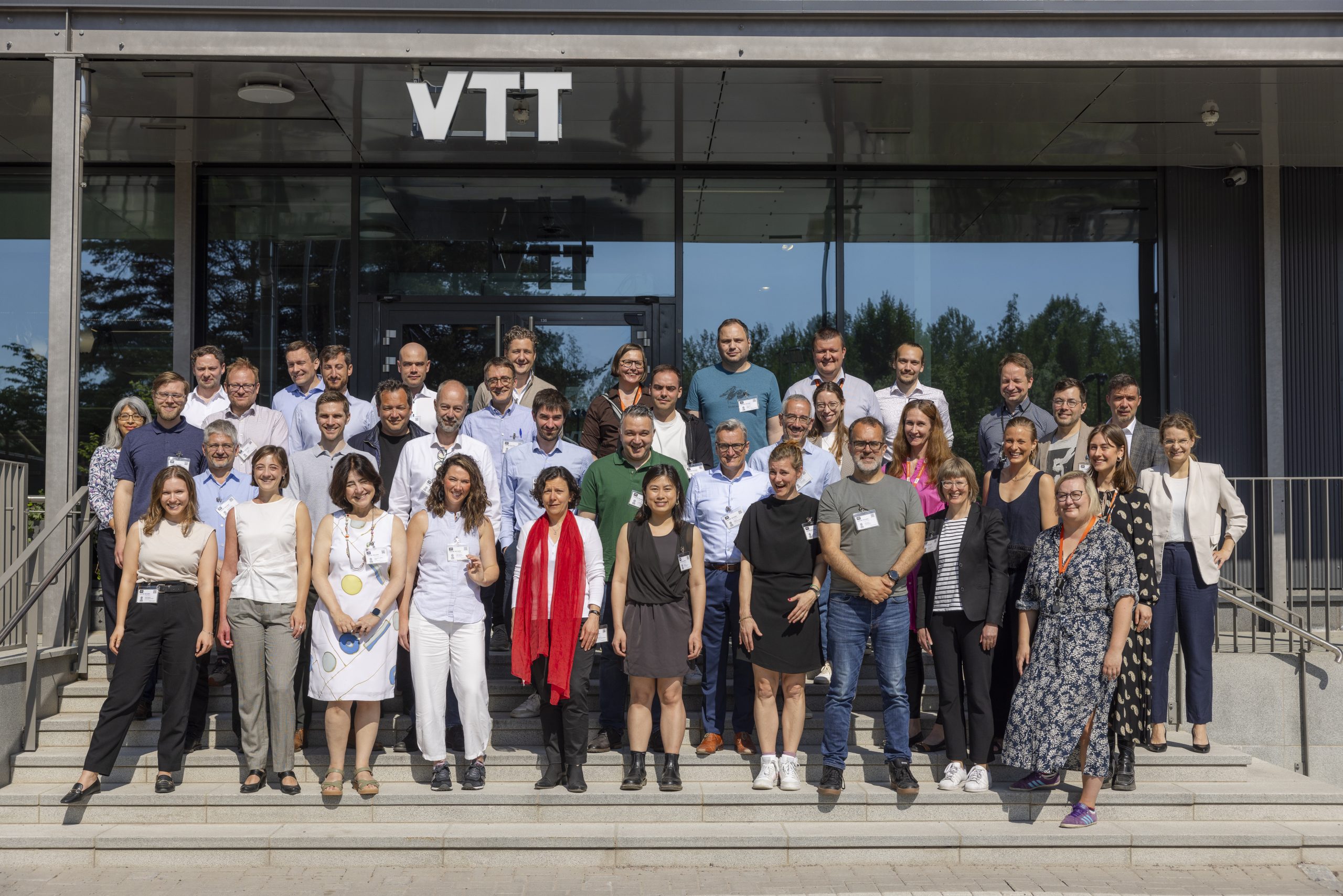
Together with our partners at the Ministry of Agriculture and Forestry and the Finnish Cereal Committee, Food and Beyond has set out to build a shared platform for discussion and development of the plant protein production chain from cultivation right through to consumption. There are many good reasons to be carrying forward this collaborative work.
The topic of plant proteins and other alternative protein sources is known to evoke strong feelings and opinions among consumers, businesses and other stakeholder groups. In Finland, it takes quite a lot to spark a passionate debate about a topic – such as the one kicked off recently by a front page advert for oat drink. A front page advert seems to still function well as a catalyst for discussion, although I was once told by a marketing guru that marketers only resort to front-page adverts in newspapers once all other possible marketing channels have been exhausted.
So what kicked off the debate? Plant proteins have in fact already been used in food for some time. The products involved, however, have been hybrid products in which the plant proteins are used to improve the product’s qualities or to reduce the price. Just under a decade ago, there was much discussion about the amount of meat in meatballs. It was shown that the lower the quality of the meatball, the higher the content of plant protein isolates, which are plant proteins which have been stripped of everything except the protein itself.
Although the nationwide consumption levels do not perhaps match the hype there is around the products, it is nevertheless true that the plant protein products available in Finland are of the highest quality. Our businesses have effective product development processes supported by research – and such research has been carried out in Finland for a long time already. Oats products and milk-like products made from oats are the outcome of top-level Finnish research.
These excellent products, of course, could be made even better. It is not simply because of unfamiliarity with the products that consumers have not in large numbers switched over to them. The most popular plant protein product in Finland continues to be pea soup. You still won’t find Hyvää Suomesta veggie-frankfurters in your school dinner. But why is this? There is still plenty of room for different kinds of products and higher-quality products, and especially for products which make greater use of Finnish-grown ingredients.
A high proportion of the proteins in Finnish food are domestically produced, but the figures could be higher for legumes in particular. More cultivated land should be used for growing legumes both for fodder and for human consumption. These two use purposes for legumes work together as part of a strategy for boosting profitable legume cultivation. It is beneficial to use some of the yield for fodder, as this reduces for the farmer the risk posed by poor harvests. A well-functioning system, after all, must be one which is financially profitable for all.
Once harvested, the peas, broad beans and cereals do not, of course, magically morph into proteins. They are processed to produce suitable ingredients for products such as those that reproduce a meat-like structure. In Finland we currently have very limited production capacity in this area, so I keen to see significant future investments take place. It is an exceptionally important part of the production chain.
Food can get emotional. It is a personal matter, whether one is talking about individual taste, choice of diet or one’s own ideology about food and eating. Things can also get emotional in different parts of the food production chain, as change rarely occurs without some growth pains somewhere. Change can also easily be seen in a black-and-white manner, as an ‘either-or’ choice with no room for other options. We could achieve a larger impact if we would all make small changes to our diet. This is the true even though flexitarians don’t often receive praise for their efforts – and the middle road rarely provides good material for a front page advert.
Only by working together can we make better use of our expertise in developing food production here in Finland. Furthermore, we must remember to harness the potential we already have as we seek international growth. Finland is indeed well placed to become one of the leading countries worldwide in plant protein innovation.
Mirva,
flexitarian and lover of Finnish-grown food


